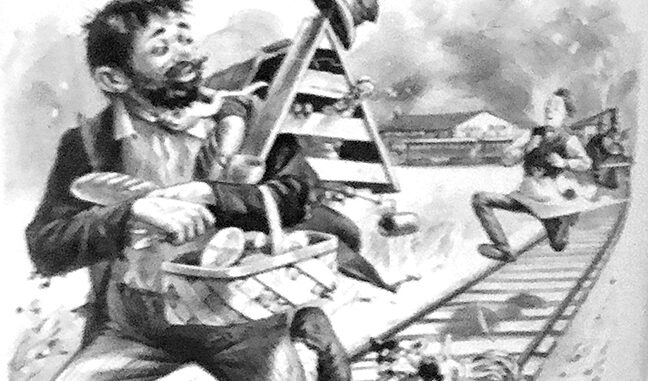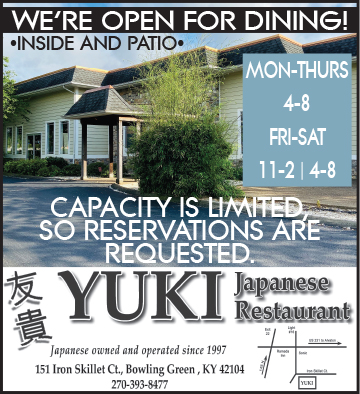
Trends, or fads, surely are found in every decade, probably even before written history appeared. The establishing of customs is natural among individuals moving forward and trying new ideas. Trends last for decades or for a short time of existence. Some appear, disappear, and appear again years later. They exist in all walks of society; sports, music, entertainment, education, industry, television, political and economic venues. One economic crisis, the Great Depression, is an example of trend nurturing.
The Great Depression lasted from 1929-1939 and was the worst economic disaster in industrial history. Together with the Dust Bowl of 1929, the downturn of economy had a devastating effect on the life of every American. Consumer spending dropped and investments declined. Industrial production and employment took a sharp decline so workers were laid off from work. The drought from the Dust Bowl caused falling food sources, and Americans suffered in cities and counties alike. This gave rise to the influx of Hoboes.
Hoboes were laid-off workers who had no means of making a living. They should not be confused with beggars and panhandlers who only wanted handouts. Hoboes were willing to work and sought work elsewhere. To do this they had to travel to other areas of the nation. With no money, their choice of travel was to hop into an open train freight car, which was not only illegal but dangerous. Railroads watched for these hoboes and tried to discourage this act of catching a moving train. It was difficult for riders to do and many who tried lost their lives or were severely injured. Nevertheless, the trend toward seeking work in another location was a strong incentive.
Riding the rails with other seekers, hoboes built a companionable contact with each other. They shared their experiences, relating where the work could be found, which dangers existed in cities they visited, and even the location of work-friendly families where work was available. Once in a location, they shared a social center, called the Jungle, with each other. Here hoboes would gather on the outskirts of a community and share their knowledge and food with each other. In the Jungle a hobo could “eat, sleep, read a newspaper and wash himself before heading out again.” (from “Hobo Jungle” display at the Historic RailPark and Train Museum).
With other hoboes, travelers shared a hobo terminology, a language all their own. Words like “Big House” would mean the prison, gump was meat scraps, and snipes were cigarette butts. These terms and many more can be enjoyed by viewing the RailPark display on hoboes. One of the most fascinating displays in the preserved train station is that of hobo life. This includes the hobo symbols, some of which are displayed with this article.
Hoboes were not new to the Great Depression age. They existed in some form or other in many ages and many countries. The hobo trend from the industrial collapse was a unique and larger appearance than usual. The concept came of common usage. Youth planned “hobo parties”, hobo costumes were worn at Halloween, and hobo terminology appeared in everyday conversation. Some of America’s most famous people were involved in the movement. Supreme Court Justice William O. Douglas and TV famous Art Linkletter had been hoboes in their lives. Also included were oil billionaire H. L. Hunt and journalist Eric Sevareid. The list continues with names of other known personalities: Jack London, Ernest Hemingway, Clark Gable, Louis L’Amour and the list goes on.
During the “hobo period,” it is reported that over two million men, and even some women, went looking for work across this nation. In some areas, the number riding the rails was so plentiful that the “bulls” (railroad guards) could not handle the number, simply leaving them alone. Finding work and getting fed was a problem with the large influx of people, but the commanding hope of success kept the number growing until about 1935 when a drop in the numbers began to occur. As railroads began to expand, they were able to use these work-seekers to help build bridges, roads, sewer systems and a host of other work projects. The trend of those looking for work helped to move our nation forward in many areas.

Britt, Iowa has paid tribute to the hobo tradition by developing a hobo museum and hosting an annual hobo convention. Visits to this setting give a wonderful view of the monastic lifestyle that existed in America for many decades. One can learn of the life pattern that became famous after the Civil War (1861-1865) when soldiers had no homes to return to or jobs waiting. The soldiers became vagabonds, roaming the country looking for work. The trend was quite evident at that period of history, as it was in other rebirths during our nation’s history. Their contribution to our society was as valuable then as it was after the depression years.
Be it a trend or a natural phase of community life throughout the ages, the ideas of hoboes has an appeal one never forgets. They provided help and color to our lives in this great nation.
-by Mary Alice Oliver
About the Author: Mary Alice Oliver is a Bowling Green native who is a 1950 graduate of Bowling Green High School. She retired from Warren County Schools after 40 years in education. Visiting familiar sites, researching historical records and sharing memories with friends are her passions.






